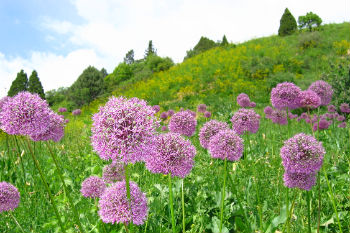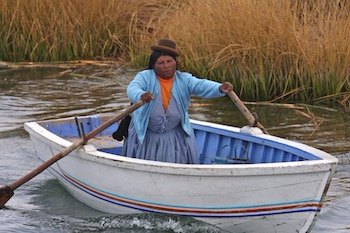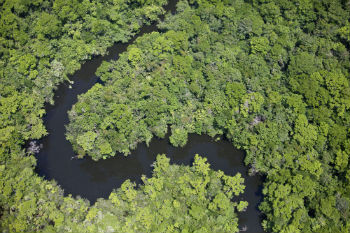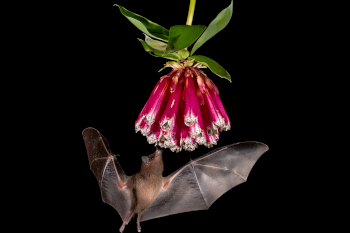Main menu
CEPF is a joint initiative of l’Agence Française de Développement, Conservation International, the European Union, Fondation Hans Wilsdorf, the Global Environment Facility, the Government of Canada, the Government of Japan and the World Bank. A fundamental goal is to ensure civil society is engaged in biodiversity conservation.
Visitez le site français コア情報の日本語翻訳を読むOr use Google Translate to translate the English site to your language:
GTranslate
Celebrating Biodiversity: Amur Falcon
New film shines spotlight on bird's epic migration
By: Olivier Langrand, CEPF executive director
16 August 2018
16 August 2018
The next installment of our occasional blog series, “Celebrating Biodiversity,” in which we highlight incredible stories about biodiversity.
The Amur falcon (Falco amurensis) is known for its trans-equatorial migration from southern Russian and northeastern China where it breeds, to Southern Africa. The route goes through an astounding seven biodiversity hotspots: Himalaya, Indo-Burma, Western Ghats, Horn of Africa, Eastern Afromontane and Maputaland-Pondoland-Albany. The species is named after the Amur River, which runs west to east and forms the border between China and Russia.
Amur falcons migrate in large groups, sometimes thousands of individuals together. During their migration, they make stops to feed before continuing, especially before the long stretch over the Indian Ocean.
One individual bird, equipped with a radio tracking device, flew from Nagaland in northeastern India to Somalia in eastern Africa. The falcon crossed the entire Indian subcontinent and the Arabian Sea in five days and 10 hours non-stop, covering some 5,600 kilometers.
On their migration route, Amur falcons face major threats. In India's Nagaland Province, for example, local communities were trapping the birds by the thousands. Thankfully, conservation measures have been put in place to protect the species, which is listed as Least Concern on the IUCN Red List of Threatened Species.
“The Naga Pride” shows incredible footage of thousands of falcons flying together. The 30-minute film shares the challenges that the Nagaland communities face and describes conservation initiatives being implemented to reconcile the local population with the Amur falcons.
I enjoyed this documentary by filmaker Sumanth Kuduvalli—whom CEPF worked with during our investment in the Western Ghats—tremendously. I hope you do, too.





